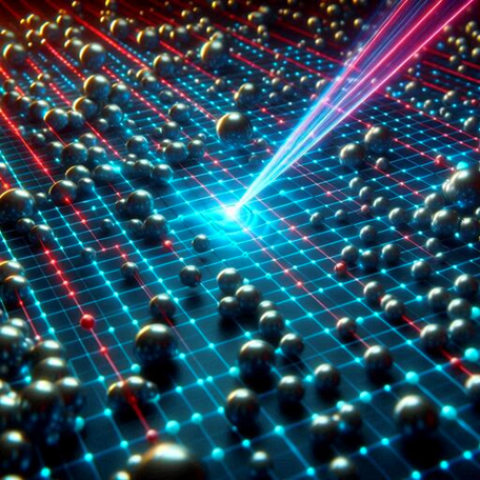
A new framework for quantifying uncertainties increases the predictive power of analog quantum simulations.
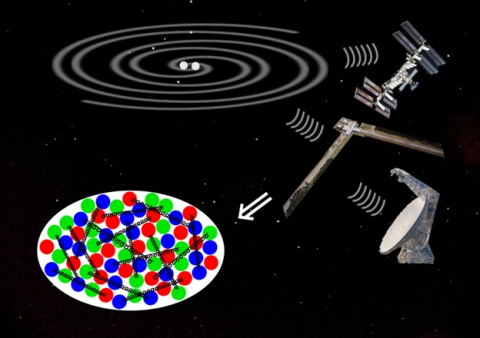
Requiring consistency between the physics of neutron stars and quark matter leads to the first astrophysical constraint on this exotic phase of matter.

Extreme stars may have mountains like those on moons in our solar system. If so, they could produce detectable oscillations of space and time.
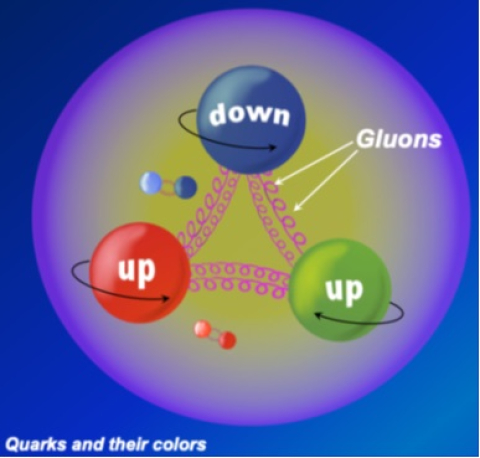
A new approach to applying quantum chromodynamics paves the way for a deeper understanding of the strong nuclear interaction.
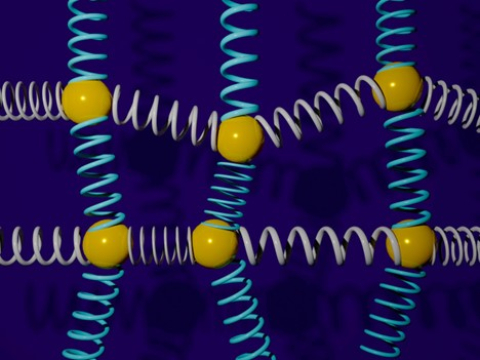
A new quantum algorithm speeds up simulations of coupled oscillators dynamics.
New theory-based approach gives access to quarks’ tiny transverse motion within protons.
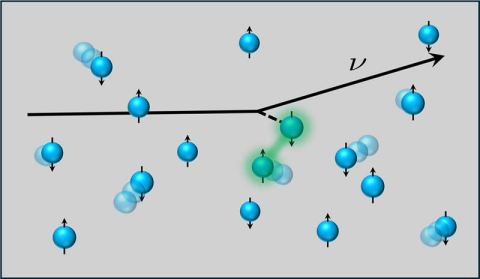
Improved Spin and Density Correlation Simulations Give Researchers Clearer Insights on Neutron Stars
New lattice simulations compute the spin and density correlations in neutron matter that affect neutrino heating during core-collapse supernovae.
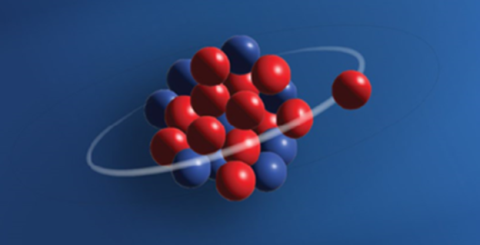
The Facility for Rare Isotope Beams enables a high-precision mass measurement at the edge of the nuclear chart.
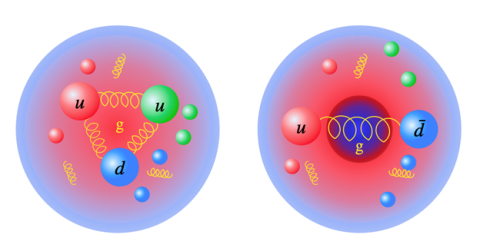
Nuclear theorists reveal mass distribution within the pion and the proton from first principle numerical calculations.
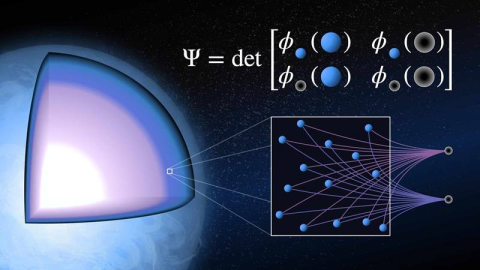
Scientists find evidence of superfluidity in low-density neutron matter by using highly flexible neural-network representations of quantum wave functions.

